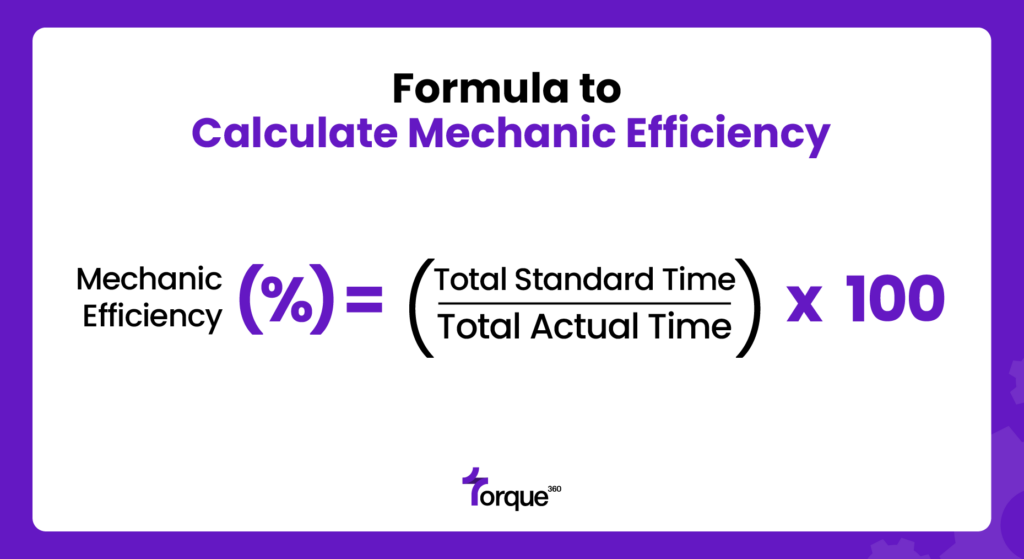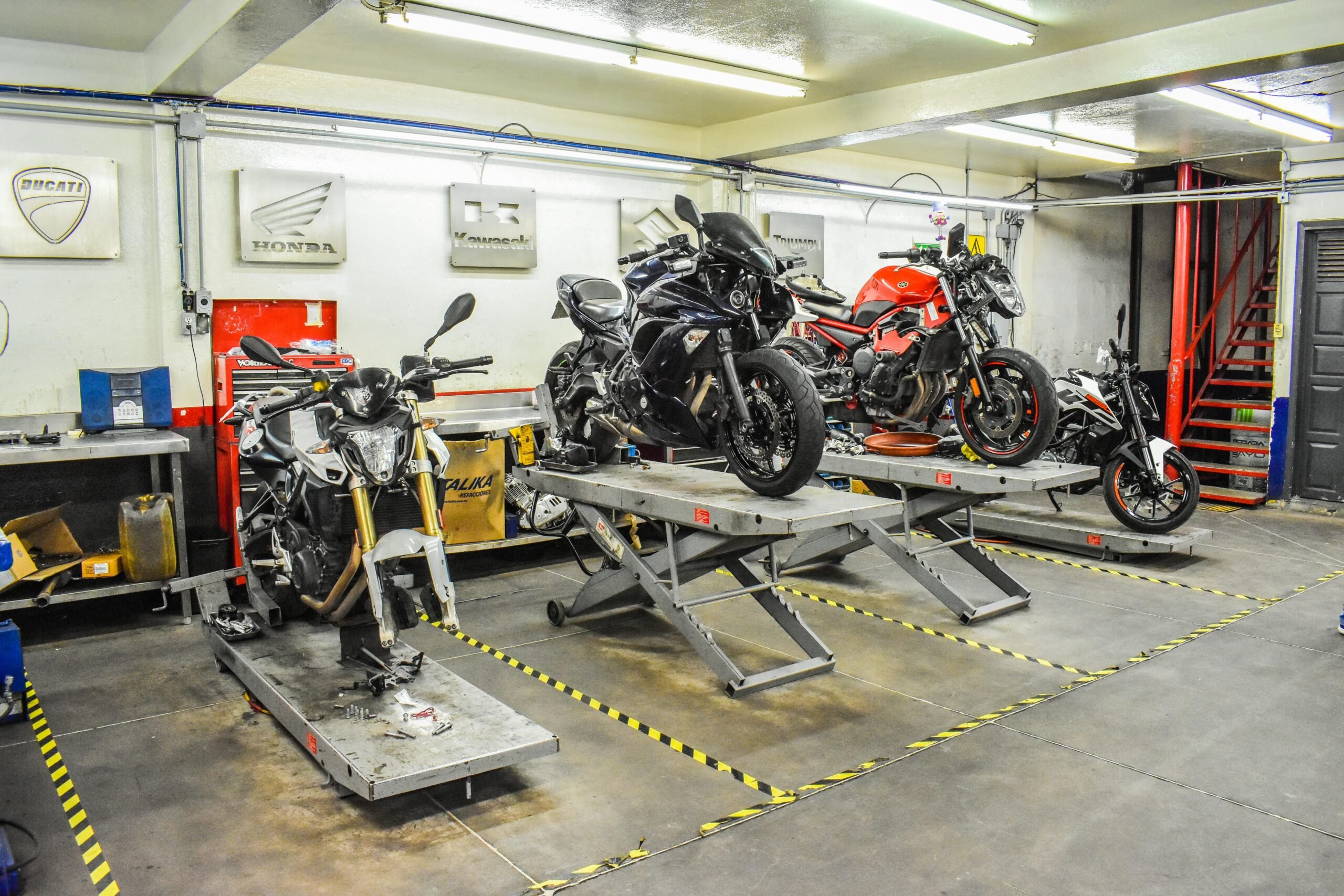Mechanic efficiency is a critical and also very important metric for the auto repair shops, dealerships, and service centers.
It directly impacts productivity, customer satisfaction, and overall profitability. Understanding and calculating the mechanic efficiency can help yout to optimize operations, allocate the resources effectively, and identify the areas for improvement.
Here’s a comprehensive guide on how to calculate mechanic efficiency.
What Is Mechanic Efficiency?
Mechanic efficiency is used to determine how well a mechanic has performed his tasks within a particular period. In most cases, it is expressed as a percentage. It takes into account the time spent on actual repairs in addition to the total working hours available. A higher efficiency singularly implies a more productive mechanic.
Key Components of Mechanic Efficiency
- Standard Time:
The industry-standard time designated for undertaking a particular task or repair. It is generally comes from manufacturer instructions or industry norms.
- Actual Time:
The real time is taken by the mechanic to complete the task.
- Available Hours:
The total working hours a mechanic is available for work during a specific period.
Calculating Mechanic Efficiency
To calculate mechanic efficiency, you can use the following formula:

Step-by-Step Calculation
- Determine the Standard Time:
Sum up the standard times for all tasks completed by the mechanic within a given period.
Example: If a mechanic completes three tasks with standard times of 2 hours, 3 hours, and 1 hour respectively, the total standard time is
2+3+1=6 hours.
- Record the Actual Time:
Sum the actual time spent on all tasks.
Example:
If the actual times for the same tasks are 2.5 hours, 3.5 hours, and 1.5 hours respectively, the total actual time is
2.5+3.5+1.5=7.5 hours.
- Calculate Efficiency:
Plug these values into the formula.
This means the mechanic is 80% efficient.
Factors Affecting Mechanic Efficiency
- Skill Level: More experienced mechanics tend to complete tasks faster and more accurately.
- Tool Availability: The right tools can significantly reduce repair times.
- Training and Knowledge: Continuous training ensures mechanics stay updated with the latest techniques and technologies.
- Work Environment: A well-organized, clutter-free workspace can enhance efficiency.
- Complexity of Tasks: More complex repairs naturally take longer and can affect overall efficiency.
Improving The Mechanic Efficiency
- Provide Training Regulalry:
Regular training sessions help your mechanics to improve their skills and also keep up with new advancements.
- Optimize Workflow:
Streamline the processes to minimize downtime and improve task allocation.
- Use Advanced Tools:
Equip mechanics with modern and efficient tools to reduce the time spent on repairs.
- Monitor Performance:
Regularly track and also analyze mechanic efficiency to identify patterns and areas for improvement.
- Set Realistic Goals:
Establish clear and also achievable targets for mechanics to strive towards.



